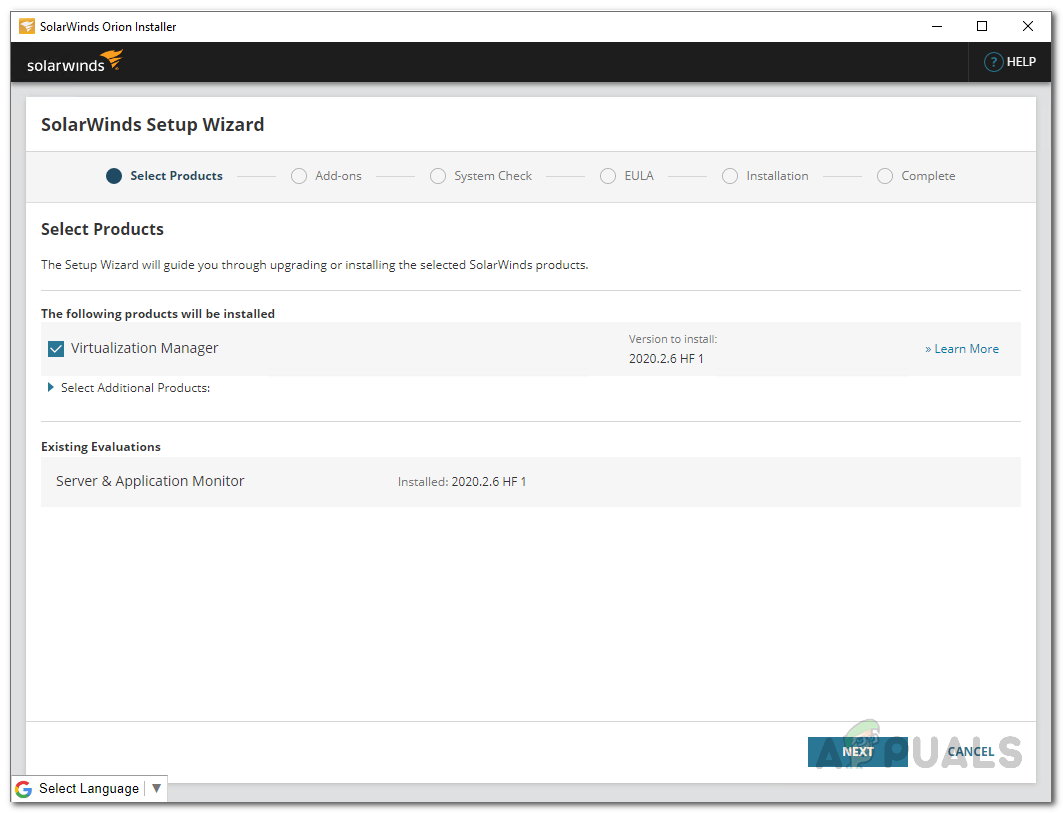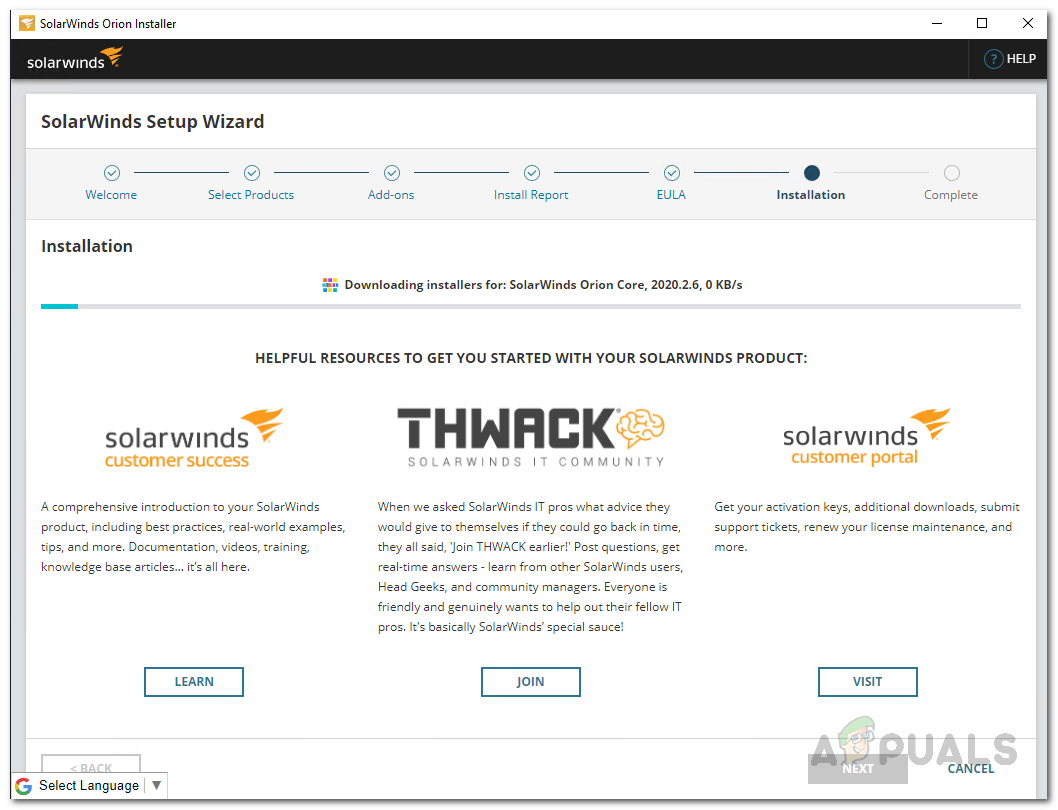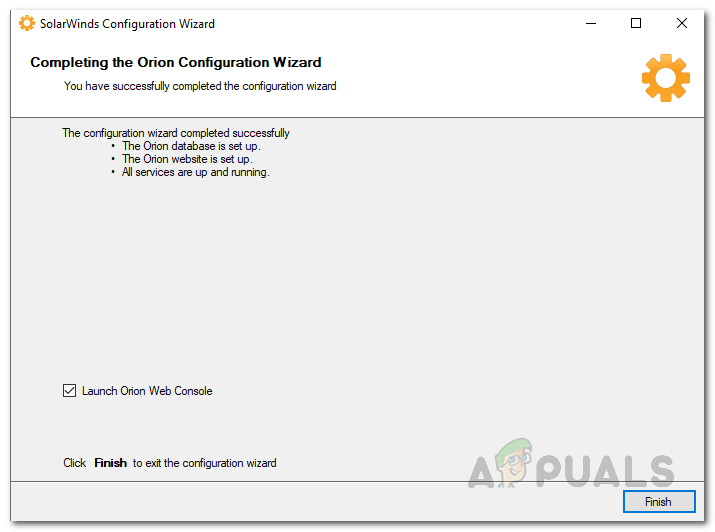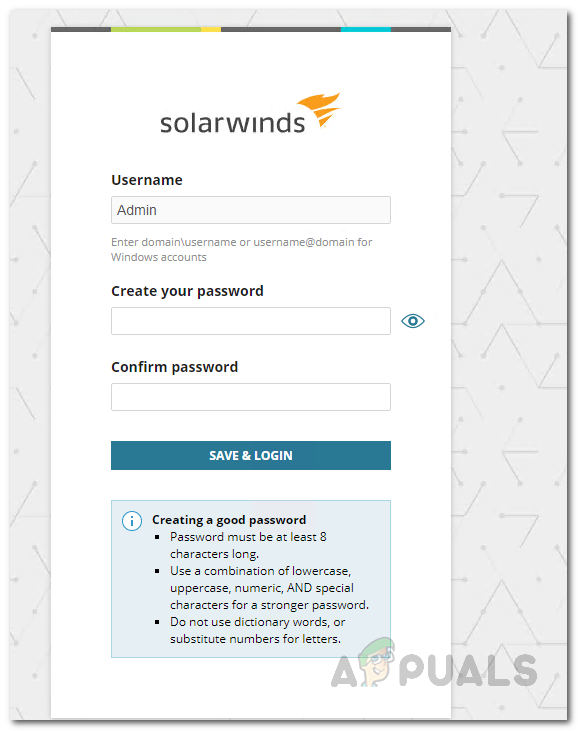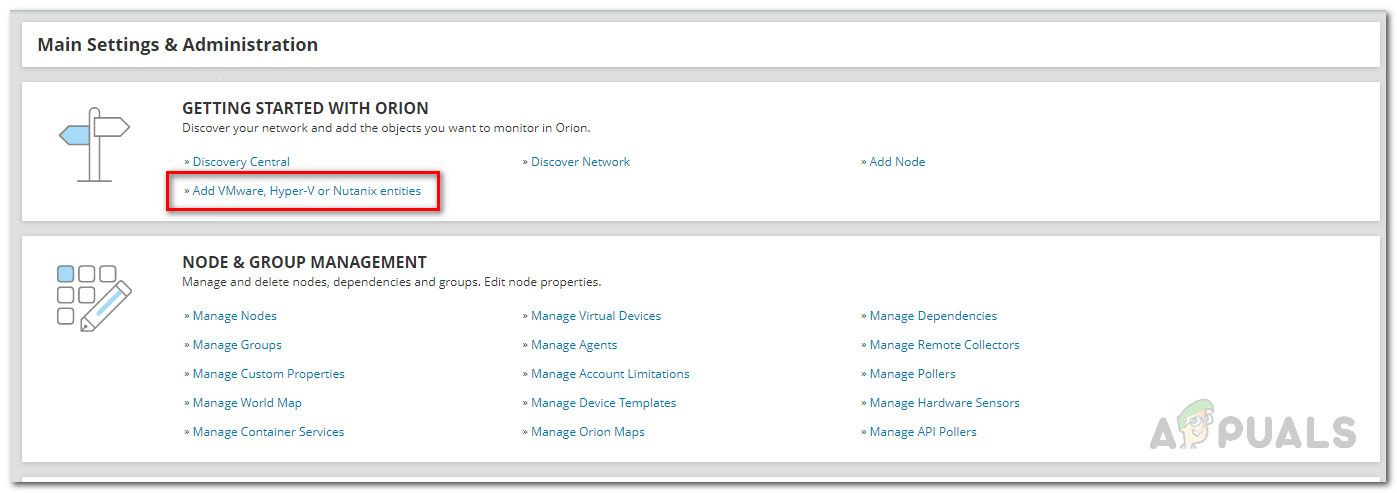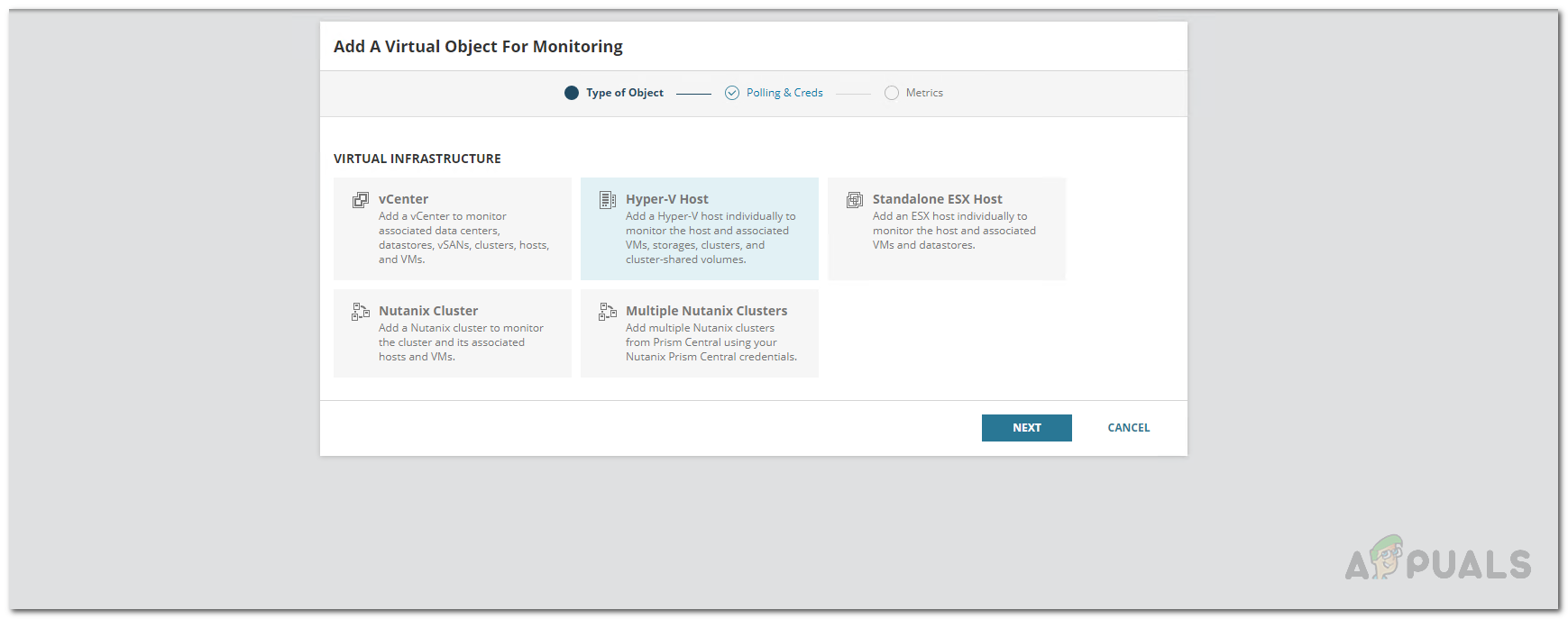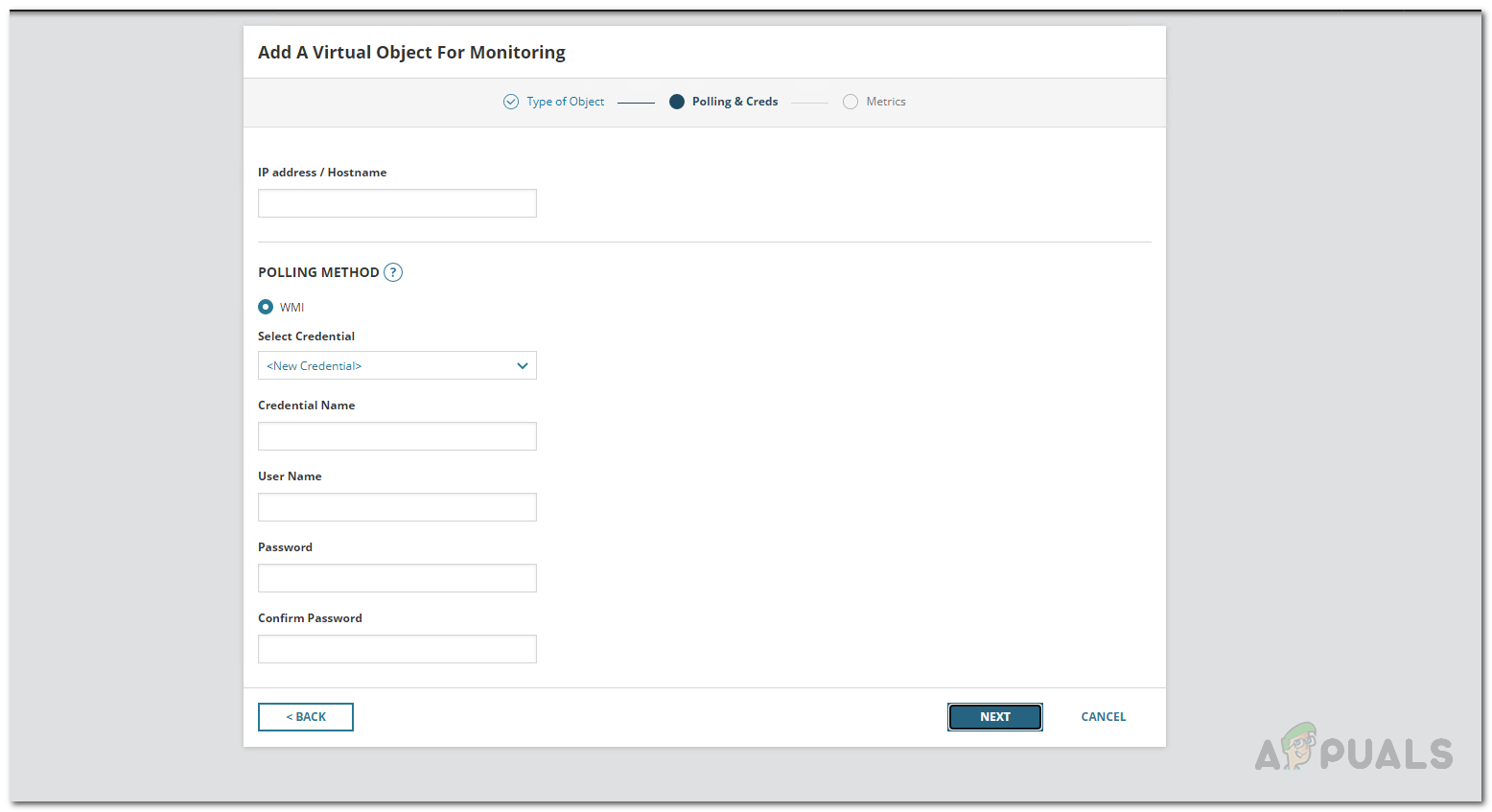As it turns out, in order to be able to run your network efficiently and avoid any issues that may otherwise end up causing a lot of issues, monitoring your network really takes precedence. When you have the right tools in place that monitor your network for you, it enables you to resolve issues before that even have a greater impact and as a result your network performance remains optimal. In order to monitor your Hyper-V virtual machines, we will be using the Virtualization Manager which in addition to monitoring lets you manage your virtual servers as well. So, without further ado, let us get started.
Installing Virtualization Manager
To start off, we will first have to download and install the Virtualization Manager on the computer. Developed by SolarWinds, a company that requires no introduction to system and network administrators, Virtualization Manager is really the best virtualization monitoring and management tool. To download the tool, head to this link and download the product by clicking the option provided. You can also choose to go with a trial period of the product which lasts for 30 days during which you are able to fully utilize the tool. Follow the instructions down below to install Virtualization Manager:
Add Hyper-V Virtual Machine to Virtualization Manager
Now that you have installed the Virtualization Manager successfully, you will have to add the Hyper-V virtual machines that you wish to monitor to the tool. This is done via the Orion Platform which can be accessed through the Orion web console which opens up automatically in a browser window as you close the Configuration Wizard. By default, the web console is located at “hostnameORIPaddress:8787” where 8787 is the default port used by the Orion web console. You can also change this through the IIS window but we won’t get into that here. To add the Hyper-V virtual machines, follow the instructions given down below:
Start Monitoring your Hyper-V Virtual Machines
At this point, you have successfully added your Hyper-V virtual machines to the Virtualization Manager. Now, you will have to wait for a while before you are able to monitor your virtual machines as the Virtualization Manager will have to collect enough data before it is able to present it to you. To monitor your Hyper-V virtual machines, navigate to My Dashboards > Virtualization > Hyper-V where you will be shown the summary of the virtual machines and you can also dive into further details of a specific virtual machine if you desire.
Exporting and Importing Virtual Machines in Hyper-V 2019Creating Virtual Machines in Hyper-V 2019 using PowerShellFix: Hyper-V Virtual Machine Stuck in Saved StateHow to Fix Hyper-V Virtual Machine Stuck in Stopping State


